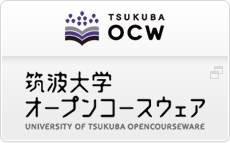ENEP offers free online courses.
Phase 2 Program
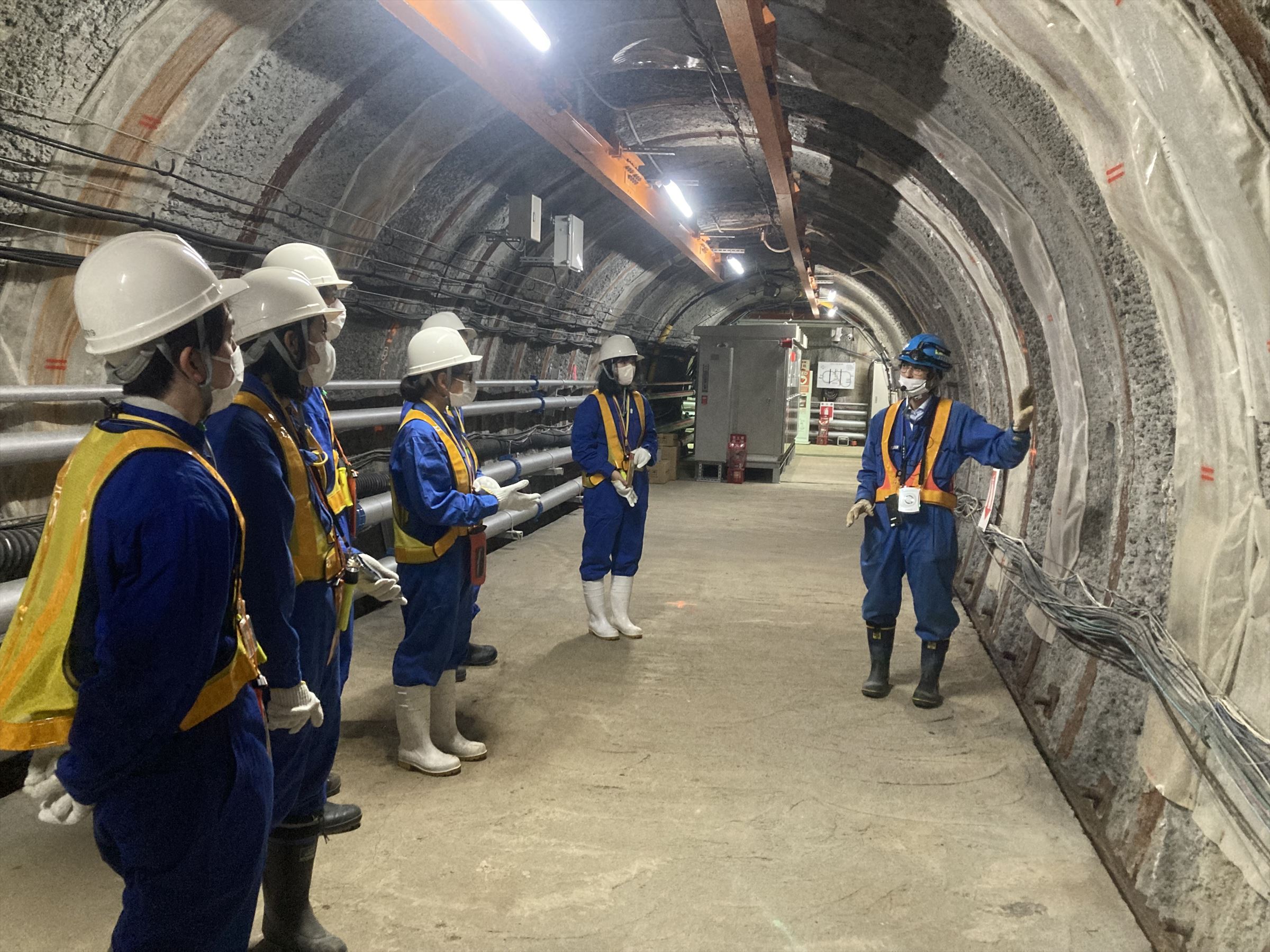
Environmental dynamics analysis field experiment II(2021)
In collaboration with the Japan Atomic Energy Agency, learn about the basics of geological disposal, initiatives in the Horonobe plan, etc. through online lectures and virtual underground tours.
Lecture materials

Nuclear Disaster Special Seminar (2021)
Overseas lecturers will introduce cutting-edge research topics.
Lecture materials
Video Lectures
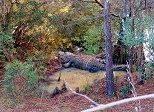
Environmental dynamics analysis field experiment II(2020)
Learn about the current state of nuclear fuel processing, geological disposal, and nuclear safety at home and abroad through online lectures and practical training.
Lecture materials
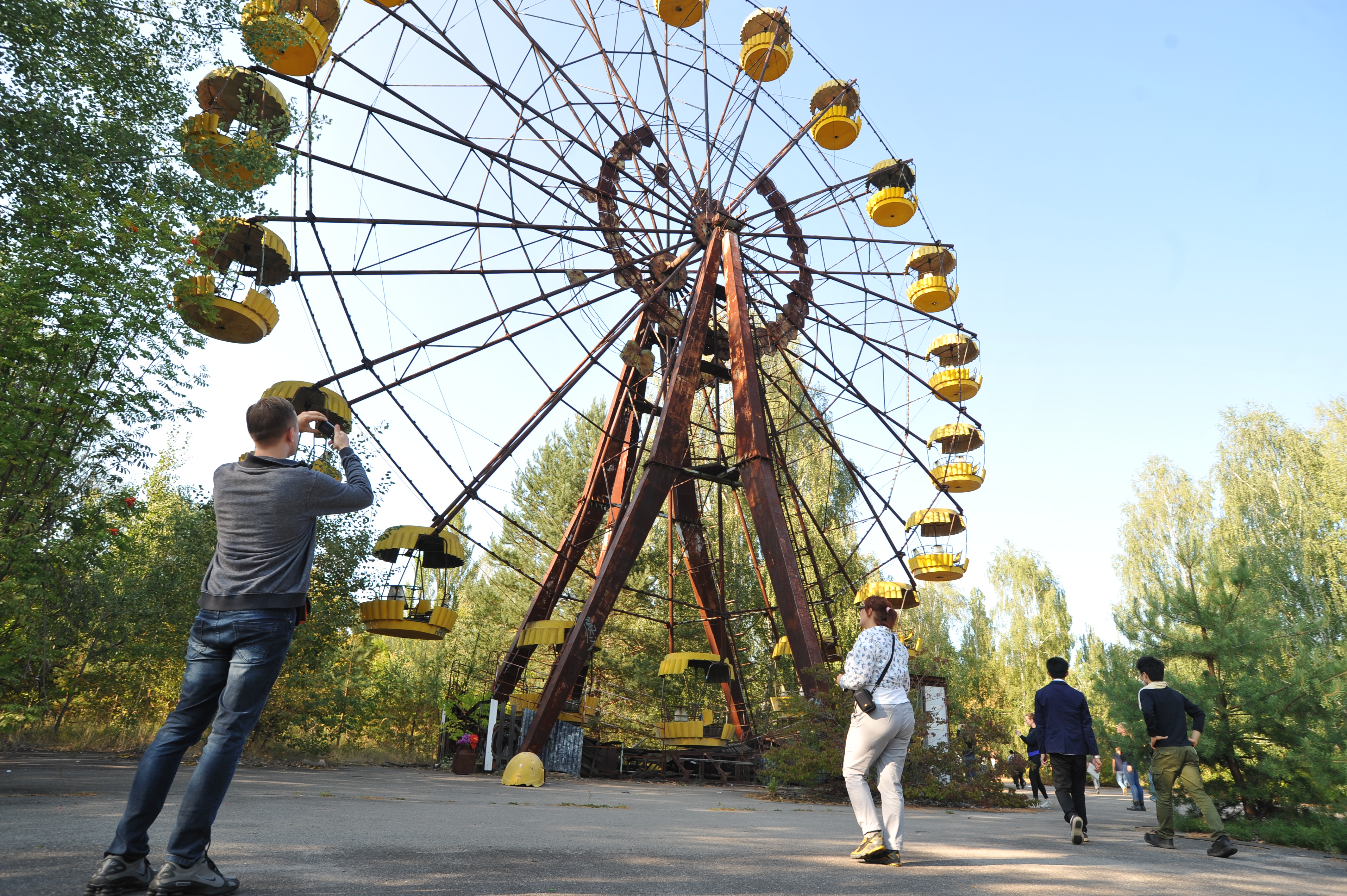
Nuclear Disaster Special Seminar (2020)
Overseas lecturers will introduce cutting-edge research topics.
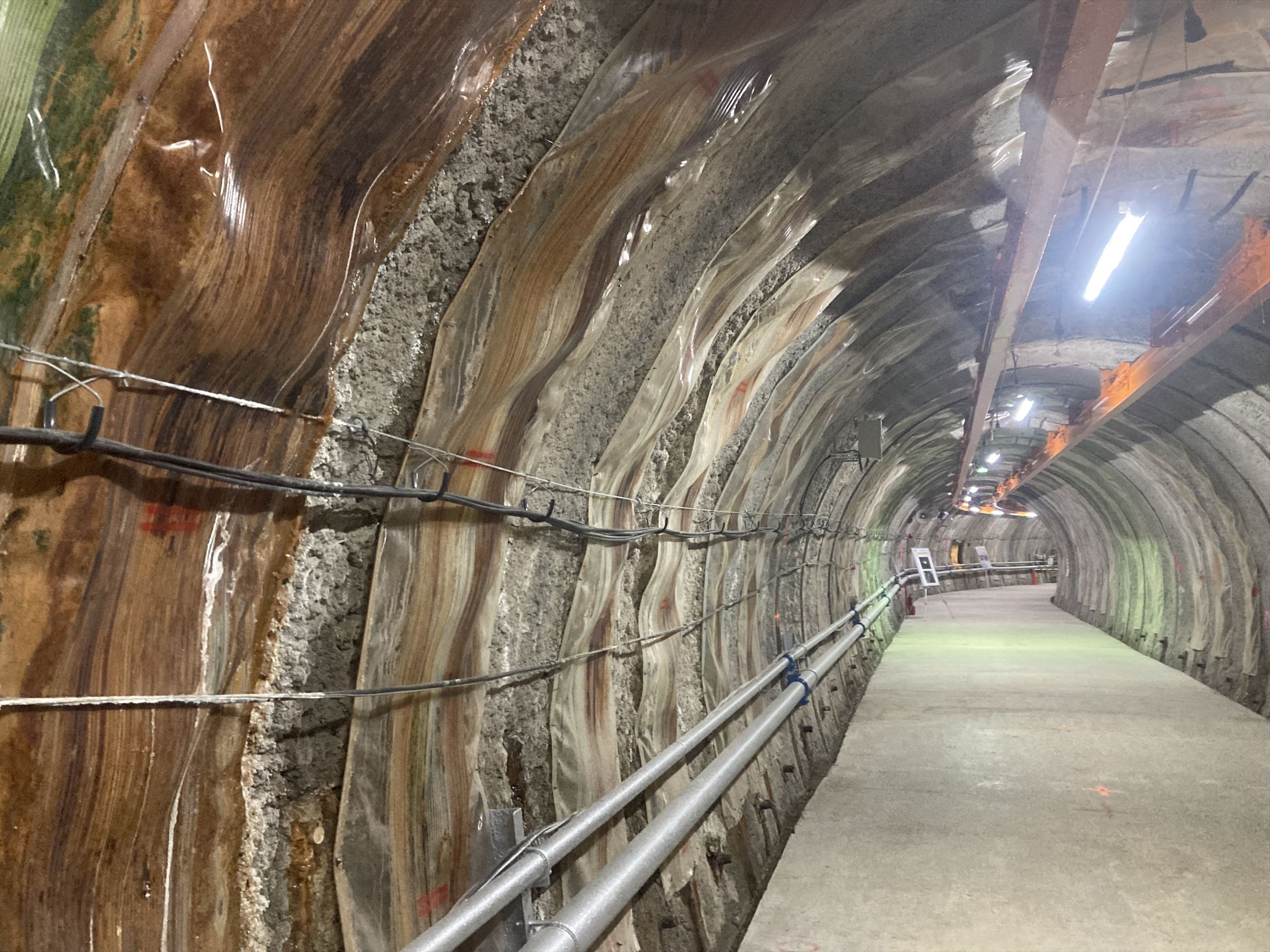
Geological disaster / geological environment evaluation theory (2020)
We will explain the outline of geological disposal and the evaluation method of the basics of earth science, geological formation, topography, groundwater flow, etc. related to the geological disposal business.
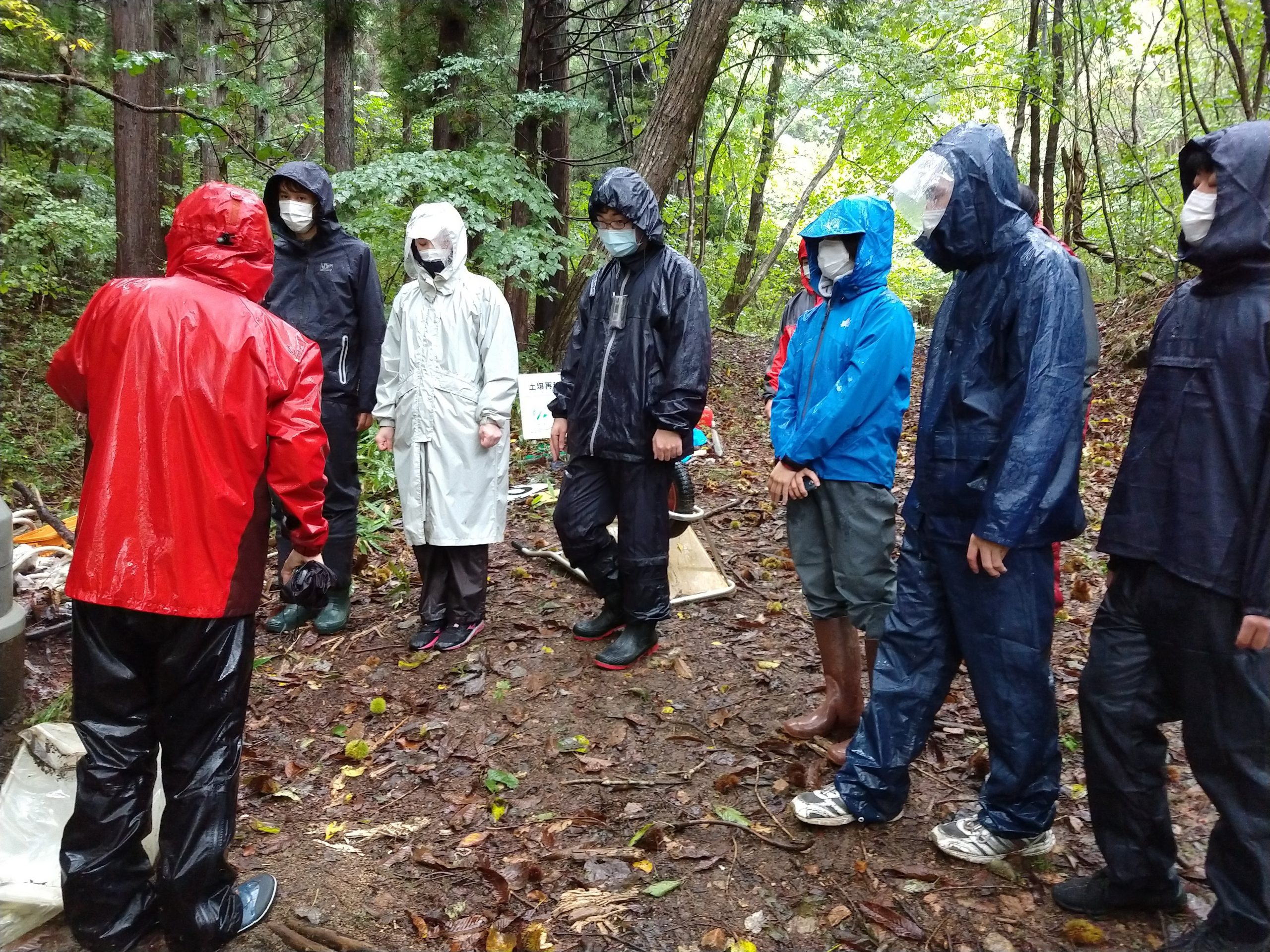
Nuclear Environmental Impact Assessment Theory Ⅱ
Lecturers from AIST, Quantitative Research Institute, National Institute of Environmental Studies, etc. will explain environmental impact assessment, decontamination measures, and environmental monitoring after an accident.
Lecture materials
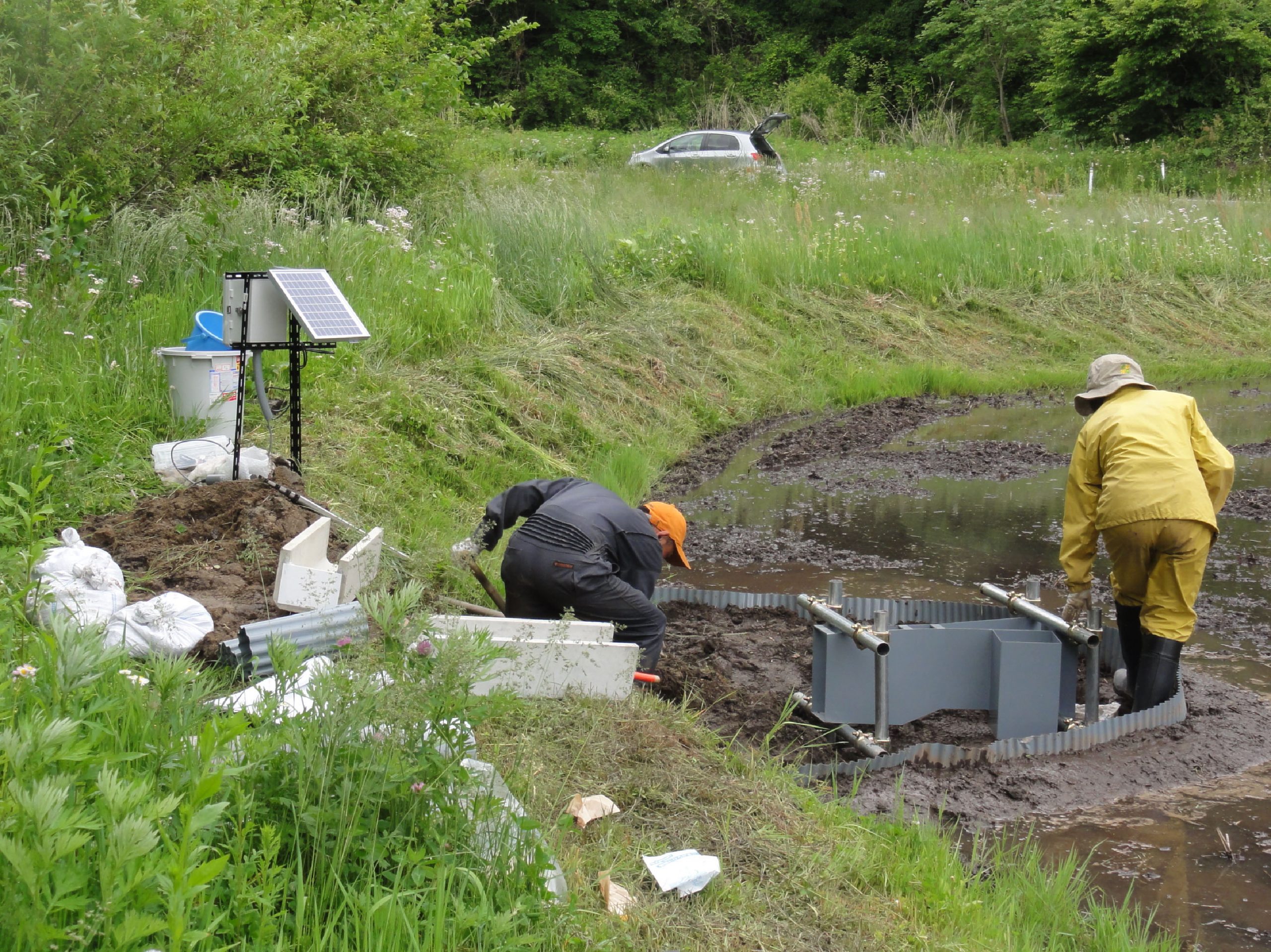
Nuclear Environmental Impact Assessment Theory Ⅰ
The lecturer of Japan Atomic Energy Agency will explain the Fukushima reconstruction project and waste treatment/disposal project that the organization is working on.
(1) JAEA’s efforts after the Fukushima Daiichi Nuclear Power Station accident-Keiichi Kawase
(2) Adsorption and desorption mechanism of radioactive cesium-Mitsunori Honda
(3) Advanced unmanned monitoring technology-Miyuki Sasaki
(4) Radioactivity map is created in this way-Tomohisa Abe
(5) Fukushima long-term environmental dynamics research-Tadafumi Niisato
(6) Research on radionuclide analysis methods in the environment-Kenso Fujiwara
(7) Nuclear disaster response robot and Naraha Remote Technology Development Center-Daichi Yamada
(8) Study for fuel debris retrieval-Kazunori Sato
(9) Management of waste resulting from the accident and radionuclide contamination behavior-Yoshikazu Koma
(10) Research for disposal of radioactive waste-Tatsufumi Takeuchi
Lecture materials
- (1) JAEA's efforts after the Fukushima Daiichi Nuclear Power Station accident
- (2) Adsorption and desorption mechanism of radioactive cesium
- (3) Advanced unmanned monitoring technology
- (4) Radioactivity map is created in this way
- (5) Fukushima long-term environmental dynamics research
- (6) Research on radionuclide analysis methods in the environment
- (7) Nuclear disaster response robot and Naraha Remote Technology Development Center
- (8) Study for fuel debris retrieval
- (10) Research for disposal of radioactive waste
Video Lectures
- (1) JAEA's efforts after the Fukushima Daiichi Nuclear Power Station accident
- (2) Adsorption and desorption mechanism of radioactive cesium
- (3) Advanced unmanned monitoring technology
- (5) Fukushima long-term environmental dynamics research
- (6) Research on radionuclide analysis methods in the environment
- (7) Nuclear disaster response robot and Naraha Remote Technology Development Center
- (8) Study for fuel debris retrieval
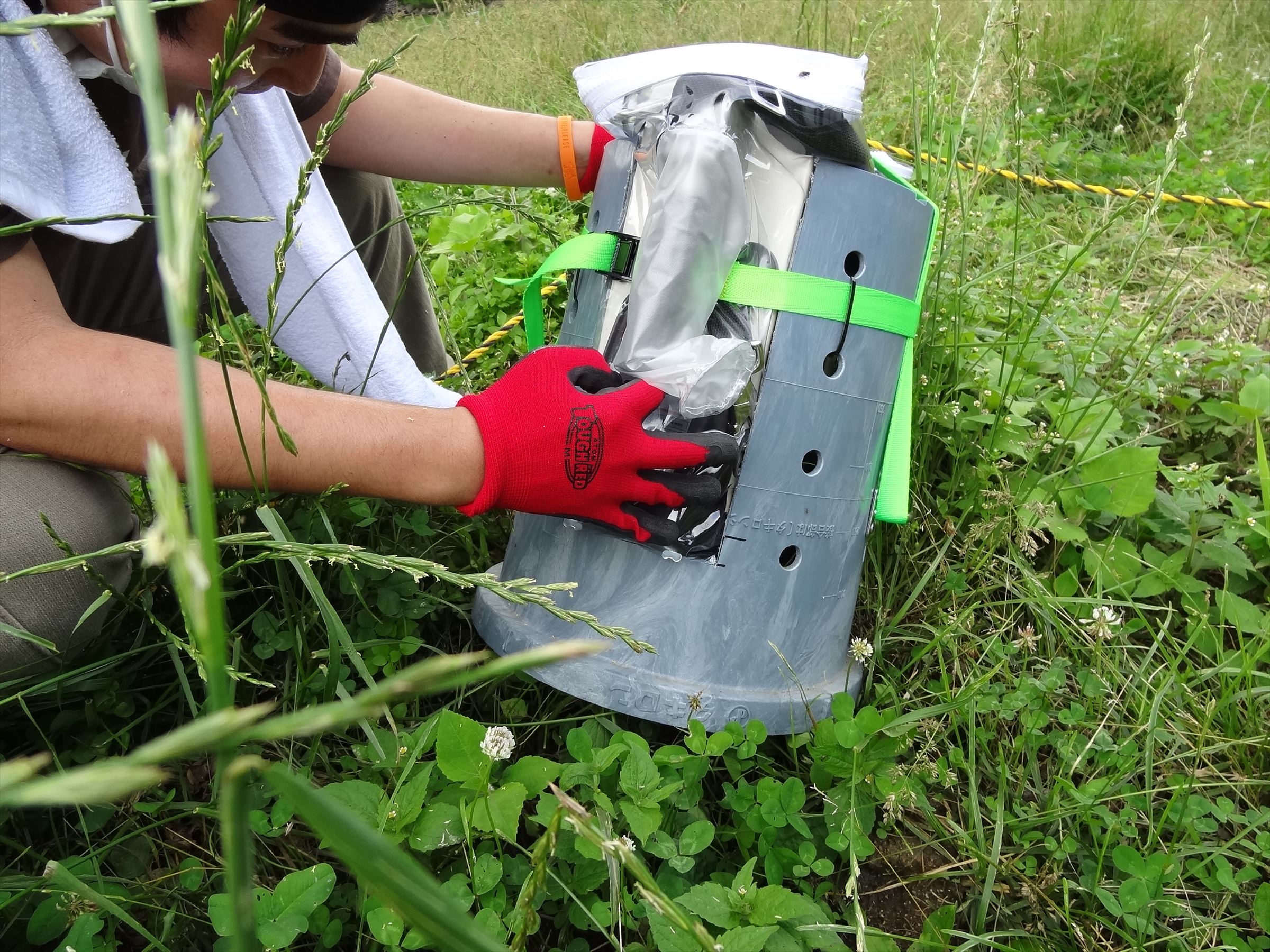
Environmental radioactivity analysis theory
(1) Radionuclides in the environment (1) What is a radionuclide?
(2) Radionuclides in the environment (2) History of nuclear disaster
(3) Environmental transfer/evaluation method (1) Transfer of radioactive materials in the atmosphere
(4) Environmental migration/evaluation method (2) Migration of radioactive materials in the ocean
(5) Environmental transfer/evaluation method (3) Transfer and circulation of radioactive materials in the forest
(6) Environmental transfer and evaluation method (4) Radioactive substances in soil and their behavior
(7) Environmental transfer/evaluation method (5) Radioactive material transfer through rivers
(9) Modeling method (1) Translocation in plant
(10) Modeling method (2) Dose evaluation
Lecture materials
Video Lectures
- (1) Radionuclides in the environment (1) What is a radionuclide?
- (2) Radionuclides in the environment (2) History of nuclear disaster
- (3) Environmental transfer/evaluation method (1) Transfer of radioactive materials in the atmosphere
- (4) Environmental migration/evaluation method (2) Migration of radioactive materials in the ocean
- (5) Environmental transfer/evaluation method (3) Transfer and circulation of radioactive materials in the forest
- (6) Environmental transfer and evaluation method (4) Radioactive substances in soil and their behavior
- (7) Environmental transfer/evaluation method (5) Radioactive material transfer through rivers
- (9) Modeling method (1) Translocation in plant
- (10) Modeling method (2) Dose evaluation
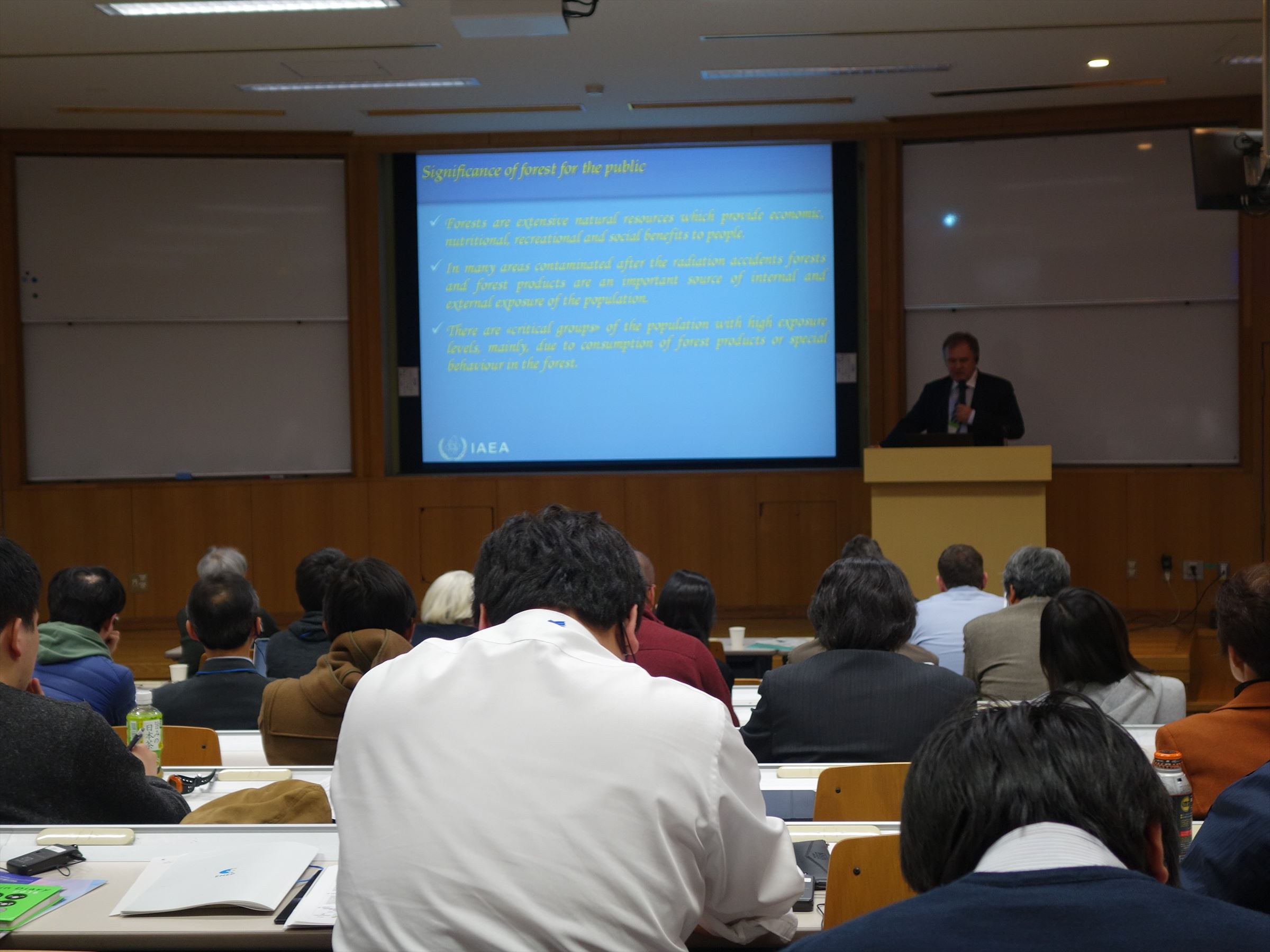
ENEP kickoff symposium (2020)
In this symposium, five speakers from Japan and abroad were invited to discuss the current status and issues of radioactive waste treatment and disposal, as well as the image of human resources required in the future.
(1) Overview of project of geological disposal and technological development
(2) Research and development for geological disposal technology in JAEA
(3) Ongoing challenges: Emergency Management and Management of Radioactive Waste
(4) Environmental Impact of Nuclear Waste: Insights from US Nuclear Weapon sites
(5) Dose assessment during radiation emergencies and waste disposals
Lecture materials
- (1) Overview of project of geological disposal and technological development
- (2) Research and development for geological disposal technology in JAEA
- (3) Ongoing challenges: Emergency Management and Management of Radioactive Waste
- (4) Environmental Impact of Nuclear Waste: Insights from US Nuclear Weapon sites
- (5) Dose assessment during radiation emergencies and waste disposals
Video Lectures
- (1) Overview of project of geological disposal and technological development
- (2) Research and development for geological disposal technology in JAEA
- (3) Ongoing challenges: Emergency Management and Management of Radioactive Waste
- (4) Environmental Impact of Nuclear Waste: Insights from US Nuclear Weapon sites
- (5) Dose assessment during radiation emergencies and waste disposals
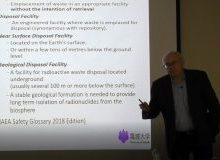
Intensive lectures: Dr. Gerhard Proehl (former unit head of IAEA) (2020)
University of Tsukuba, Earth Science Degree Program:
“Expert Program for Environmental Management of Nuclear Emergency and Disposal Radioactive Waste (ENEP)”
Intensive lectures by Dr. Gerhard Proehl (former unit head of IAEA, Waste and Environmental Safety Section)
(1) Radioactivity and radiation exposure from natural sources
(2) The International system of Radiation Protection
(3) Methodology for the assessment of exposures to people following nuclear accidents
(4) Long-term trends of radionuclides in foodstuffs
(5) The nuclear accidents in the Chernobyl NPP and the Fukushima Daiichi Nuclear Power Station
(6) A comparison of remediation after the Chernobyl and Fukushima Daiichi Accidents
(7) IAEA Safety Standards for the management of Radioactive Waste
(8) Overview of options for disposal of radioactive waste
(9) Assessing potential exposures to people in the post-closure period of a waste disposal facility I. General aspects
(10) Assessing potential exposures to people in the post-closure period of a waste disposal facility II. From present to future conditions
(11) Assessing potential exposures to people in the post-closure period of a waste disposal facility III. Option A: Elaborating an envelope for future conditions –The analogue approach
(12) Assessing potential exposures to people in the post-closure period of a waste disposal facility IV. Option B: Modelling future climates and landscapes
Lecture materials
- (1) Radioactivity and radiation exposure from natural sources
- -Transcription
- (2) The International system of Radiation Protection
- -Transcription
- (3) Methodology for the assessment of exposures to people following nuclear accidents
- -Transcription
- (4) Long-term trends of radionuclides in foodstuffs
- (5) The nuclear accidents in the Chernobyl NPP and the Fukushima Daiichi Nuclear Power Station
- -Transcription
- (6) A comparison of remediation after the Chernobyl and Fukushima Daiichi Accidents
- -Transcription
- (7) IAEA Safety Standards for the management of Radioactive Waste
- -Transcription
- (8) Overview of options for disposal of radioactive waste
- -Transcription
- (9) Assessing potential exposures to people in the post-closure period of a waste disposal facility I. General aspects
- (10) Assessing potential exposures to people in the post-closure period of a waste disposal facility II. From present to future conditions
- (11) Assessing potential exposures to people in the post-closure period of a waste disposal facility III. Option A: Elaborating an envelope for future conditions –The analogue approach
- (12) Assessing potential exposures to people in the post-closure period of a waste disposal facility IV. Option B: Modelling future climates and landscapes
Video Lectures
- (1) Radioactivity and radiation exposure from natural sources
- (2) The International system of Radiation Protection
- (3) Methodology for the assessment of exposures to people following nuclear accidents
- (4) Long-term trends of radionuclides in foodstuffs
- (5) The nuclear accidents in the Chernobyl NPP and the Fukushima Daiichi Nuclear Power Station
- (6) A comparison of remediation after the Chernobyl and Fukushima Daiichi Accidents
- (7) IAEA Safety Standards for the management of Radioactive Waste
- (8) Overview of options for disposal of radioactive waste
- (9) Assessing potential exposures to people in the post-closure period of a waste disposal facility I. General aspects
- (10) Assessing potential exposures to people in the post-closure period of a waste disposal facility II. From present to future conditions
- (11) Assessing potential exposures to people in the post-closure period of a waste disposal facility III. Option A: Elaborating an envelope for future conditions –The analogue approach
- (12) Assessing potential exposures to people in the post-closure period of a waste disposal facility IV. Option B: Modelling future climates and landscapes

Special Seminar in Nuclear Emergency (2017)
(1) Radiological protection of the environment
(2) Red fire, Chernobyl 31 years later
(5) The role of the IAEA
(6) Overview on the MODARIA II
(7) The influence of the season, ECOSYS
(8) Transfer of radionuclides
(10) Nuclear Accidents
(11) A comparison of remediation after the accidents
Lecture materials
- (1) Intro
- (2) Radioactivity refresher
- (3) Radiation protection of the environment
- (4) Chernobyl 31 years later
- (5) The role of IAEA
- (6) Overview on the MODARIA II
- (7) The influence of the season
- (8) Transfer of radionuclides
- (9) Nuclear Accidents
- (10) Nuclear Accidents
- (11) A comparison of remediation after the accidents

Special Seminar in Nuclear Emergency (2016)
(1) Fate of 137Cs and other radionuclides in rivers and lakes
(2) Movement of 137Cs by water on hillslopes
(3)-1 On the Evolution of Radioecology
(3)-2 The environmental effects from Chernobyl accident
(3)-3 Challenges and controversies of protecting the environment from ionizing radiation
(4)-1 Ukranian national radioactive waste management program
(4)-2 Radioactive waste characterization in Ukraine
(4)-3 Environmental radiation monitoring in Chernobyl exclusion zone
Lecture materials
Video Lectures
- (1) Fate of 137Cs and other radionuclides in rivers and lakes
- (2) Movement of 137Cs by water on hillslopes
- (3)-1 On the Evolution of Radioecology
- (3)-2 The environmental effects from Chernobyl accident
- (3)-3 Challenges and controversies of protecting the environment from ionizing
- (4)-1 Ukranian national radioactive waste management program
- (4)-2 Radioactive waste characterization in Ukraine
- (4)-3 Environmental radiation monitoring in Chernobyl exclusion zone

International Internship in Assessment and Prognosis for Nuclear Emergency (2016)
Lecture materials
Video Lectures
-
Internship 2016 Overview
- Internship 2016 Overview
- Seascale beach lecture
- Dalton Cumbrian Facility tour
- Chernobyl laboratory
- Water fractionation, sequential extractions
- Particle hunting in aerosol sampling
- Particle hunting in soil and sediments, autoradiography, fish sampling and dissection
UK
Ukraine
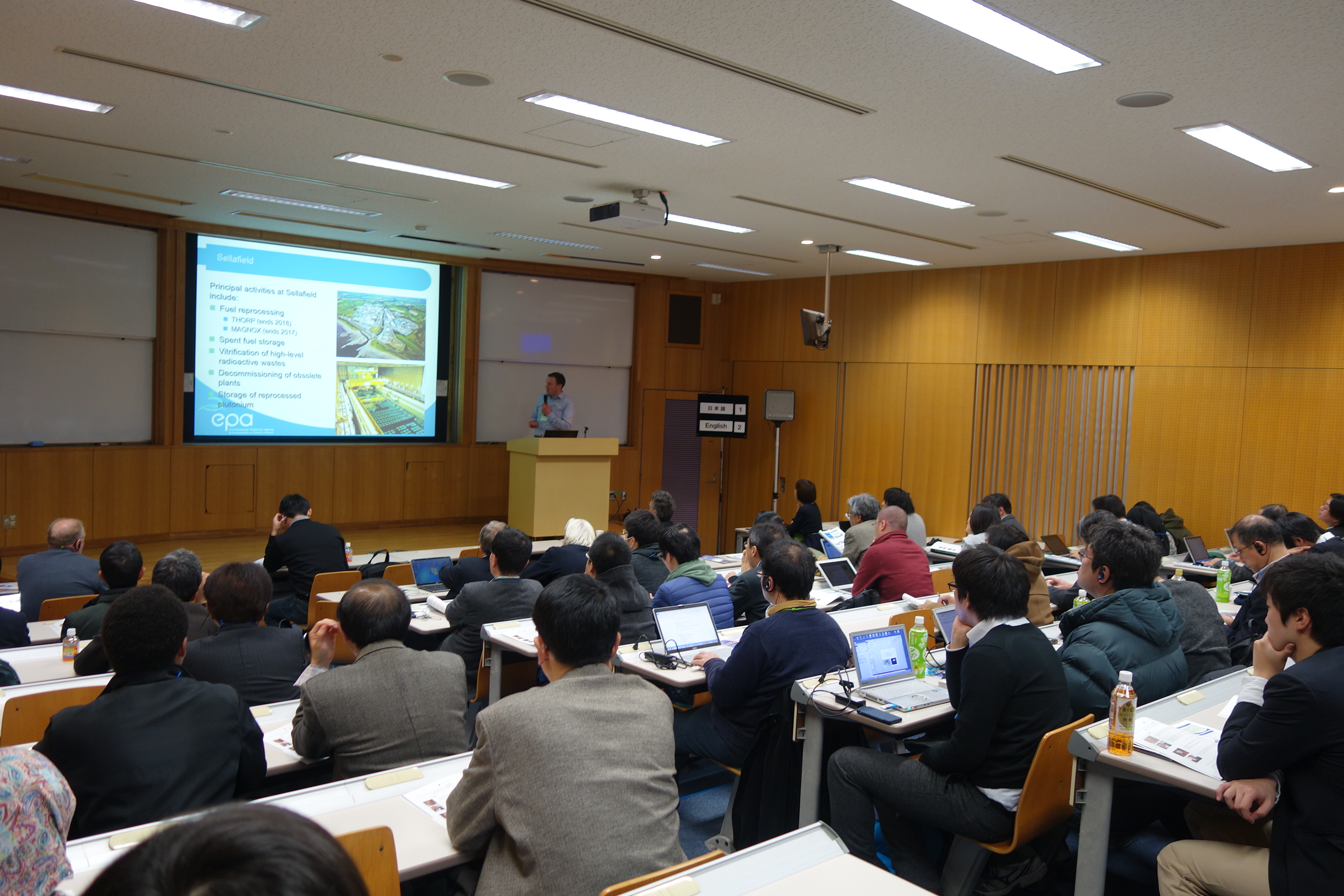
ENEP Kick-Off Symposium; World Nuclear Disaster and the Environmental Impacts
(1) The impact of Sellafield discharges on the environment An Irish perspective
(2) Environmental effects of operating the Savannah River Site : A nuclear production facility
(3) Radioactive water contamination and its dispersal in South Ural (Mayak area) Review
(4) The incident of Chernobyl and subsequent forest contamination issues
Lecture materials
Video Lectures







